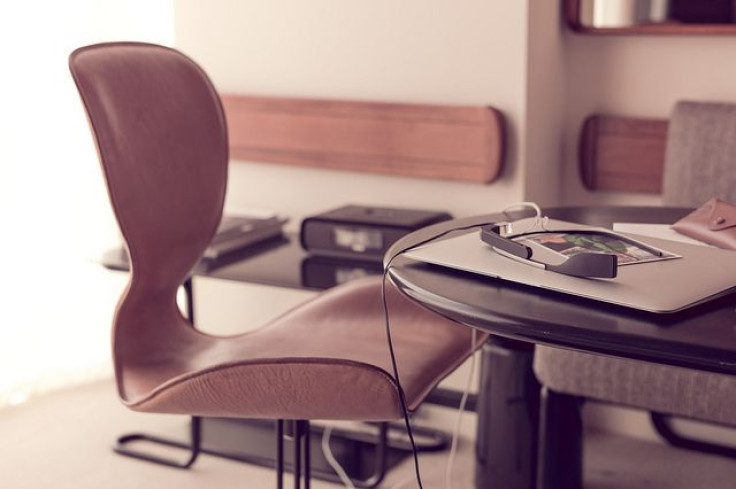Give Your Back a Break: Maybe Standing At Work Isn't As Great As Everyone Thinks

You’re probably aware that sitting at your desk for eight hours every day isn’t really good for your health. There have been plenty of studies and articles and probably doctoral dissertations on how sitting is the new smoking. The new trend in offices is the standing desk. Maybe you’ve seen them. People literally put their monitor, keyboard, and mouse at waist level or higher and stand to work. They either buy fancy standing desks that can move to whatever height you want, or they create their own out of whatever supplies they have lying around. Some companies are now adding this to their list of "perks" for potential employees. You may have even seen desks with treadmills attached to them, which lets you walk and work at the same time. Fancy.
Well, as beneficial as it may be to stand during working hours, and people have been screaming that from the rooftops for some time now, it might not be all that it’s cracked up to be.
New research states that standing for lengthy periods might also be problematic for your health. The study focused on the long-term effects standing has on the body, while looking at people whose job it was to stand for more than 75 percent of their work day.
While the study did focus on the long-term effects, the short-term effects were also prevalent. There were reports of leg fatigue, cramps, and backaches, all of which would only be more exacerbated as the employee continued to work.
“The work-related musculoskeletal implications that can be caused by prolonged standing are a burden not only for workers but also for companies and society,” notes María Gabriela García, a PhD candidate in the Department of Health Sciences and Technology at ETH Zürich. “Long-term muscle fatigue caused by standing for long periods of time has not received much attention.”
That’s definitely true. How many of these studies and articles and theoretical doctoral dissertations looked at things from the opposite end of the spectrum? They all just said, “Hey, you should stand up instead of sitting. OK, bye.”
The best part of the study was that researchers only conducted a simulation of a five-hour workday, instead of an eight-hour one. They let participants have brief seated rests and gave them a 30-minute lunch break. They found that 18- to 30-year-olds were just as likely to have long-term fatigue as people aged 50 and above.
“Long-term fatigue after prolonged standing work may be present without being perceived,” García added. “Current work schedules for standing work may not be adequate for preventing fatigue accumulation, and this long-lasting muscle fatigue may contribute to musculoskeletal disorders and back pain.”
Sitting is still bad for you. Plenty of science and research backs that up. But standing the whole day can be just as bad. So, if you have built or bought a standing desk, maybe use it every so often, instead of all the time.
Source: Garcia MG, Martin B, Läubli T. Human Factors. 2015.



























